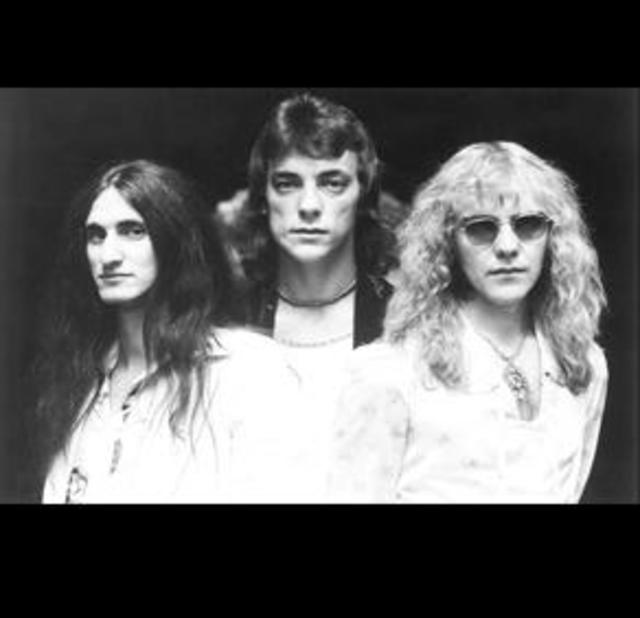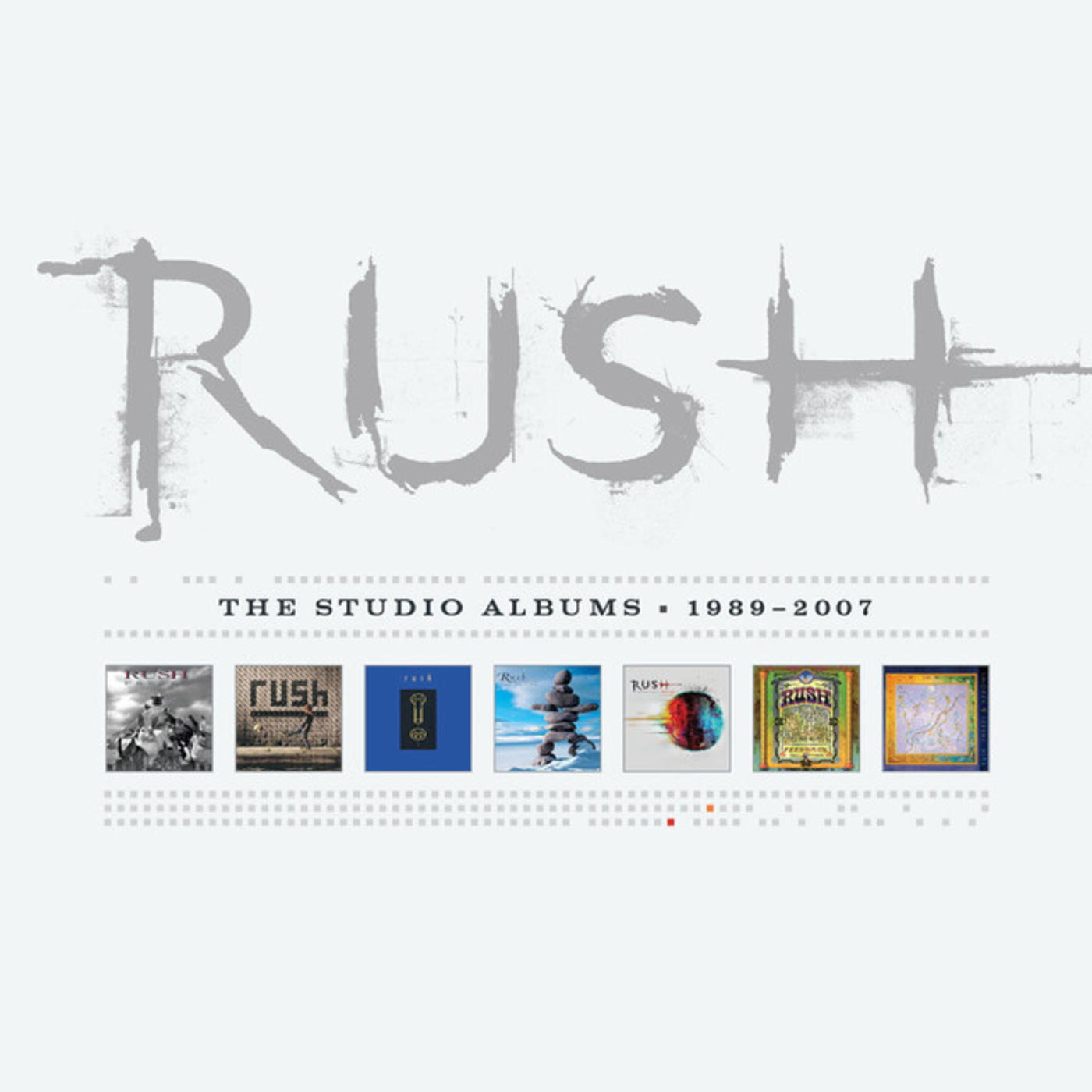Rush

Inductees: Gary Lee Weinrib aka Geddy Lee (vocals, bass; born July 29, 1953), Neil Peart (drums; born September 12, 1952), Alex Zivojinovich aka Alex Lifeson (guitar; born August 27, 1953)Equal parts Led Zeppelin, Cream and King Crimson, Rush burst out of Canada in the early 1970s with one of the most powerful and bombastic sounds of the decade. Their 1976 magnum opus 2112 represents progressive rock at its grandiose heights, but just a half decade later they had the guts to put epic songs aside in favor of shorter (but no less dynamic) tunes like "Tom Sawyer" and "The Spirit of Radio" that remain in constant rotation on radio to this day. Absolutely uncompromising in every conceivable way, the trio has spent the last 40 years cultivating the largest cult fan base in rock while still managing to sell out arenas around the globe.Rush was formed in August 1968 in the Willowdale neighborhood of Toronto. The original lineup included Alex Lifeson on guitar, Jeff Jones on bass and John Rutsey on drums. Jones was soon replaced by Geddy Lee, and, in 1974, after the release of the group's debut album, Rutsey left and was replaced by Neil Peart. That lineup – Lee on vocals, bass and keyboards; Lifeson on guitar, and Peart on drums – has remained stable throughout the years. The group played around on the Toronto scene for a few years and then, in 1973, released its first single, a cover of Buddy Holly's "Not Fade Away." The record didn't do well, and the band decided to form its own label, Moon Records. The group released its first album, Rush, in 1974. The album wasn't faring too well until a Cleveland radio station, WMMS (100.7 FM), added the song "Working Man" to its playlist. The album was then picked up by Mercury Records in the U.S., and sales began to skyrocket.The following year, Rush released two albums, Fly by Night and Caress of Steel. The group's big breakthrough came the following year with the release of the album 2112. The album featured a 20-minute title track divided into seven sections. It went platinum in Canada, and Rush hit the road, touring the U.S. and Canada. The tour culminated with a three-night stand at Massey Hall in Toronto. The group recorded the shows and released its first live album, All the World's a Stage, in 1976. Rush then re-located to the U.K., where the band recorded its next two albums, 1977's A Farewell to Kings and 1978's Hemispheres, at Rockfield Studios in Wales. The music on those two albums ventured more in the direction of progressive rock. "As our tastes got more obscure, we discovered more progressive rock–based bands like Yes, Van der Graaf Generator and King Crimson, and we were very inspired by those bands," said Lee. "They made us want to make our music more interesting and more complex, and we tried to blend that with our own personalities to see what we could come up with that was indisputably us."Rush's popularity continued to soar, and in 1980, with the release of Permanent Waves, the group became one of the most successful bands in the world. The album marked something of a change in the group's sound. The songs were shorter, and the group's influences now included reggae and New Wave. Permanent Waves reached the Top Five in the U.S. The following year Rush released Moving Pictures. That album reached Number Three and sold more than four million copies. With the release of Signals in 1982, Rush's sound underwent yet another change. Synthesizers were now at the forefront of the group's music. In addition, the album included Rush's only Top 40 hit single in the U.S., "New World Man." The album also expanded the band's use of ska, reggae and funk.Through the rest of the Eighties, the band kept a somewhat lower profile, not spending as much time on the road. Even so, its albums continued to go gold or platinum. With the 1989 album Presto, Rush once again began emphasizing guitar instead of keyboards. The transition from synthesizer to guitar continued with 1993's Counterparts and 1996's Test for Echo. After touring to support the latter album, Rush began what amounted to a five-year hiatus in 1997. The layoff was brought on by personal tragedies in Peart's life. Peart's daughter Selena died in an automobile accident in August 1997, followed by the death of his wife Jacqueline from cancer in June 1998.The band returned to the studio and released a new album, Vapor Trails, in 2002. For the first time since the Seventies, Rush did not use a single synthesizer, organ or other keyboard on the album. To celebrate their 30th anniversary, Rush released Feedback, a studio EP, in June 2004. The recording featured Rush's covers of eight songs by some of the artists that influenced the group, including Cream, the Who and the Yardbirds. The band also hit the road in the summer of 2004, playing anniversary shows in the U.S., Canada, the United Kingdom, Germany, Italy, Sweden, the Czech Republic and the Netherlands.Rush continued recording and touring, releasing the albums Snakes & Arrows in 2007 and Clockwork Angels in 2012. The group also released a live album, Time Machine 2011: Live in Cleveland, in 2011. The album was recorded on April 15, 2011, at Quicken Loans Arena in Cleveland, Ohio.While they have never gotten the critical respect they so richly deserve, Neil Peart has inspired countless young drummers to take up the instrument over the past 30 years. No less impressive is Geddy Lee's ability to play keyboards and bass in concert while never missing a note of his lead vocals, and guitarist Alex Lifeson is a virtuoso simply without peer. Rush is a band completely removed from the mainstream music scene yet remain one of the most popular rock bands in the world. It is a dichotomy that has fueled the group from the very beginning.

